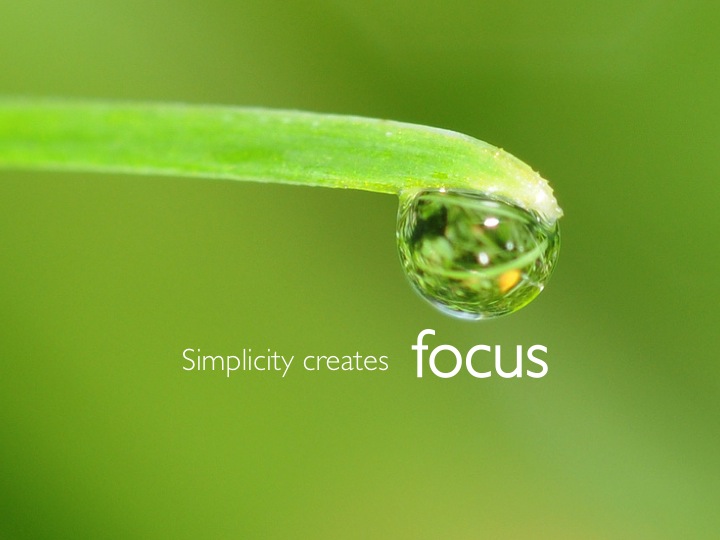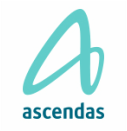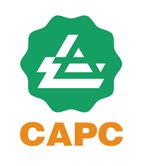
OVERVIEW
This workshop teaches trainees to design customized slides that are targeted for their
specific audiences. Focuses on content development, structure, and the main aesthetic
principles of slide design: Contrast, repetition, alignment, and proximity.
An overview of best practices for charts and graphs and basics of data visualization.
Color theory, typography, image selection, and visual advertising principles are all
covered in this workshop. The workshop is interactive and motivational.
Students will create and present an actual PPT presentation in the 2 day format.
Note: This is a design class and will focus on principles of cognition and instructional
design. There are many tools that can be used to create slides. This is not a software
class.
9:30 – Morning Session | DESIGN
• Icebreaker and Introduction to the 3D Presentation
System approach to Slide Design
• Objectives- crystallizing your goals
• Audience Analysis- researching , targeting, and designing for your target
audience
11:00 Break
• Brainstorming + Storyboarding- isolating main points ,
breaking down ideas into slides, and going analog
• Postit method: Analog technique to organize your
material
• Structure and Sequencing- developing a clear, logical
and natural flow
• AEA- the Assertion – Evidence Approach: logical
development of material
• Topical and chronological structures
12:00 Lunch
1:00 Afternoon Session | DEVELOP
• Layout Design- Contrast, Repetition ,Alignment, and Proximity
• Color theory – basic design principles, color emotion psychology, and choosing
industry color palettes and color schemes
• Image selection- resources, selection, legality, and placement
• Simplicity- eliminating excess content
• Cognition- optimizing audience retention
• White space- less is more: avoiding clutter and
improving aesthetics
• Typography- font selection and stylizations
• Data Visualization- Basics of rendering data
for improved cognition
2:30 Break
DELIVERY AND FEEDBACK
• Body Language- Posture, gestures, and
positioning
• Gestures- Using emphatic and descriptive
movements to paint pictures, touch hearts,
and motivate minds
• Conclusions- Signaling the close and reviewing and summarizing
• Q & A- Framing scope, drilling down, and answering tough questions
• Feedback : Evaluation and future recommendations
• Trends in ppt design
• Review – overview and future goals
5:00 End of Day











